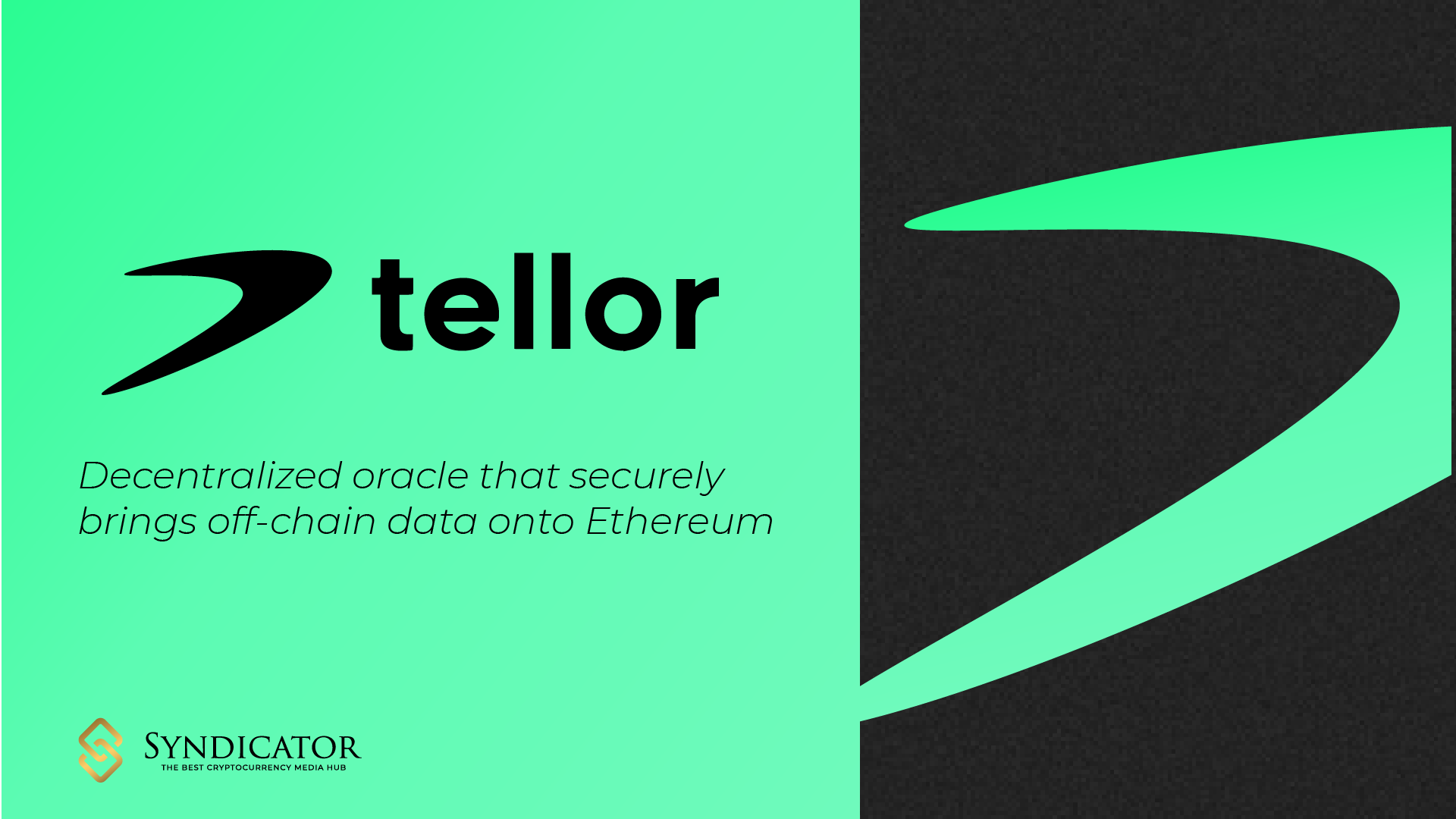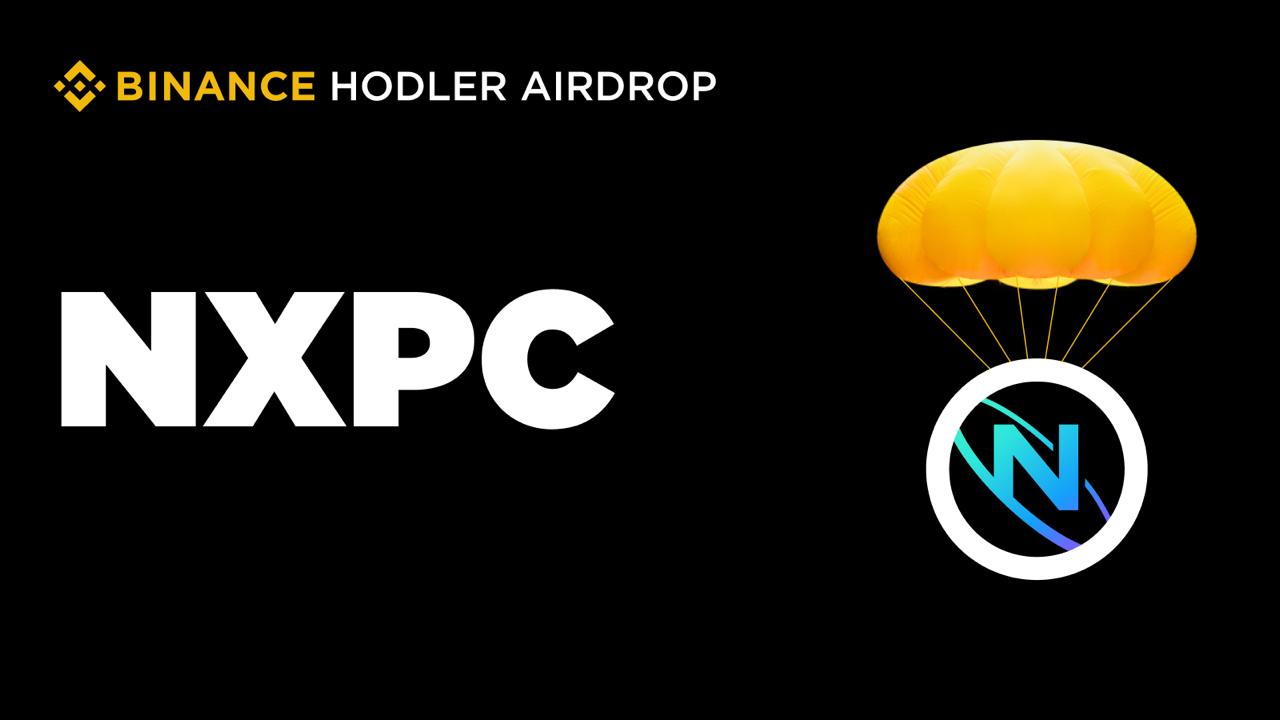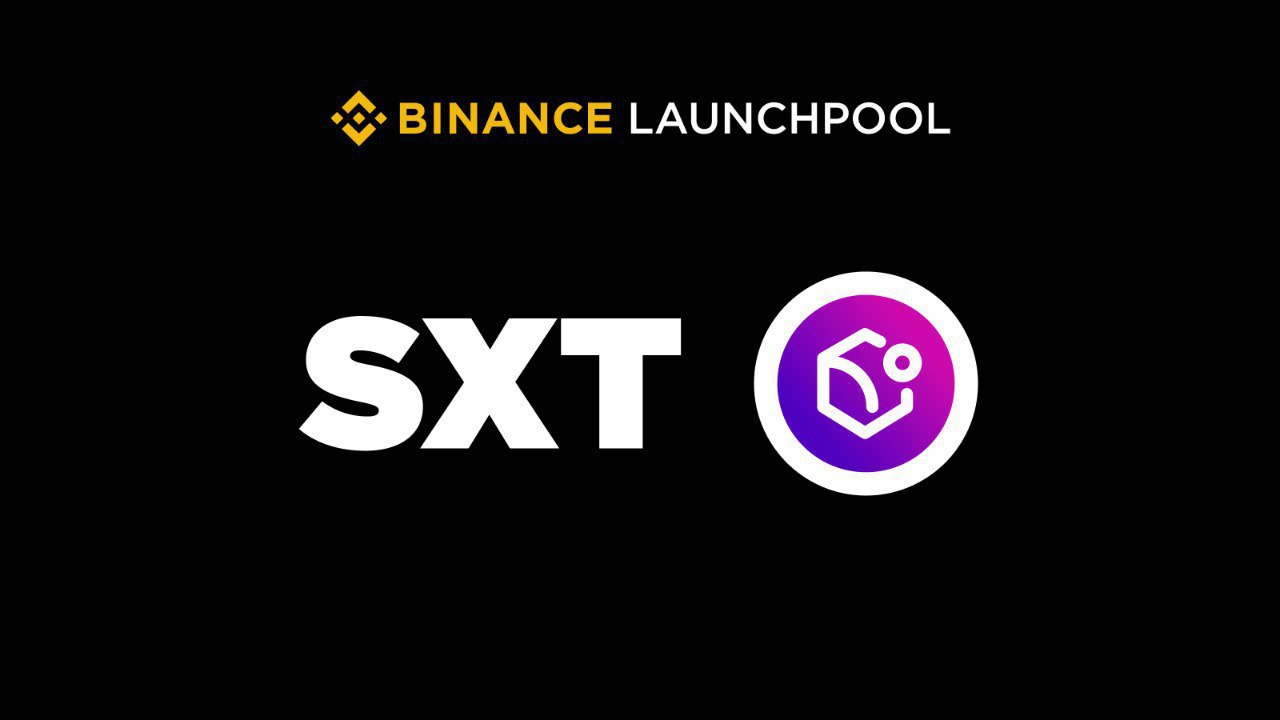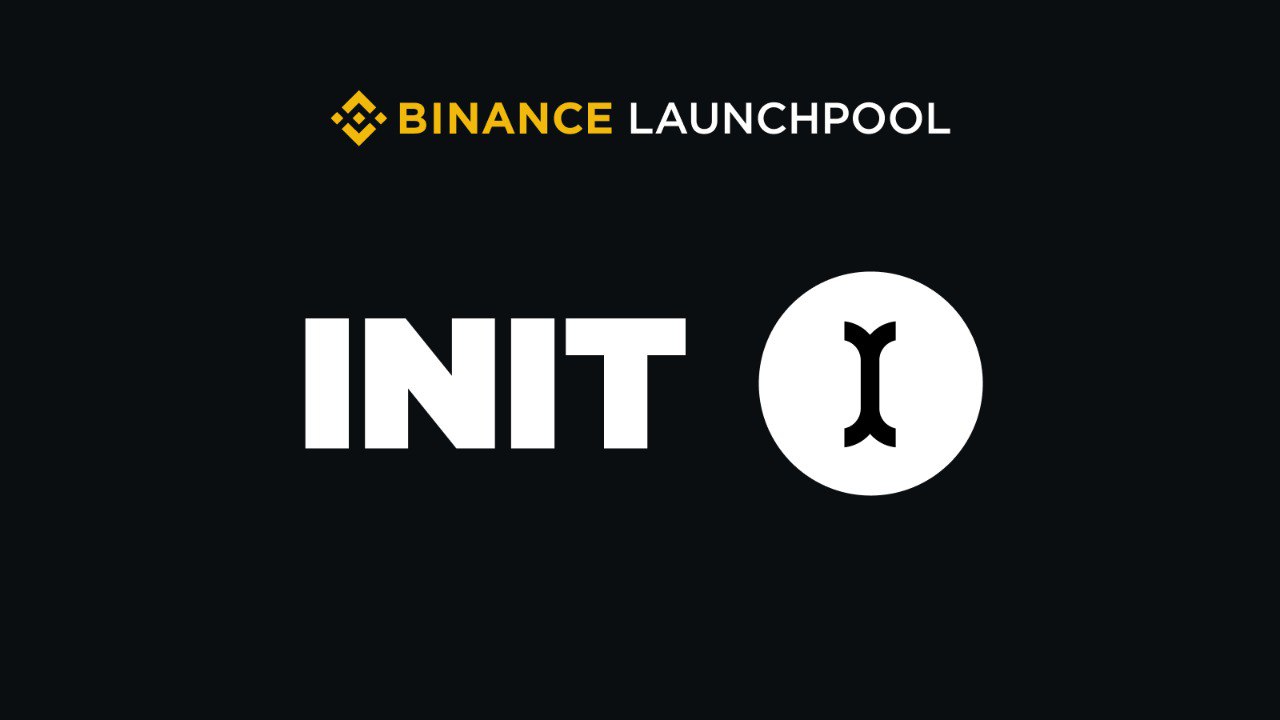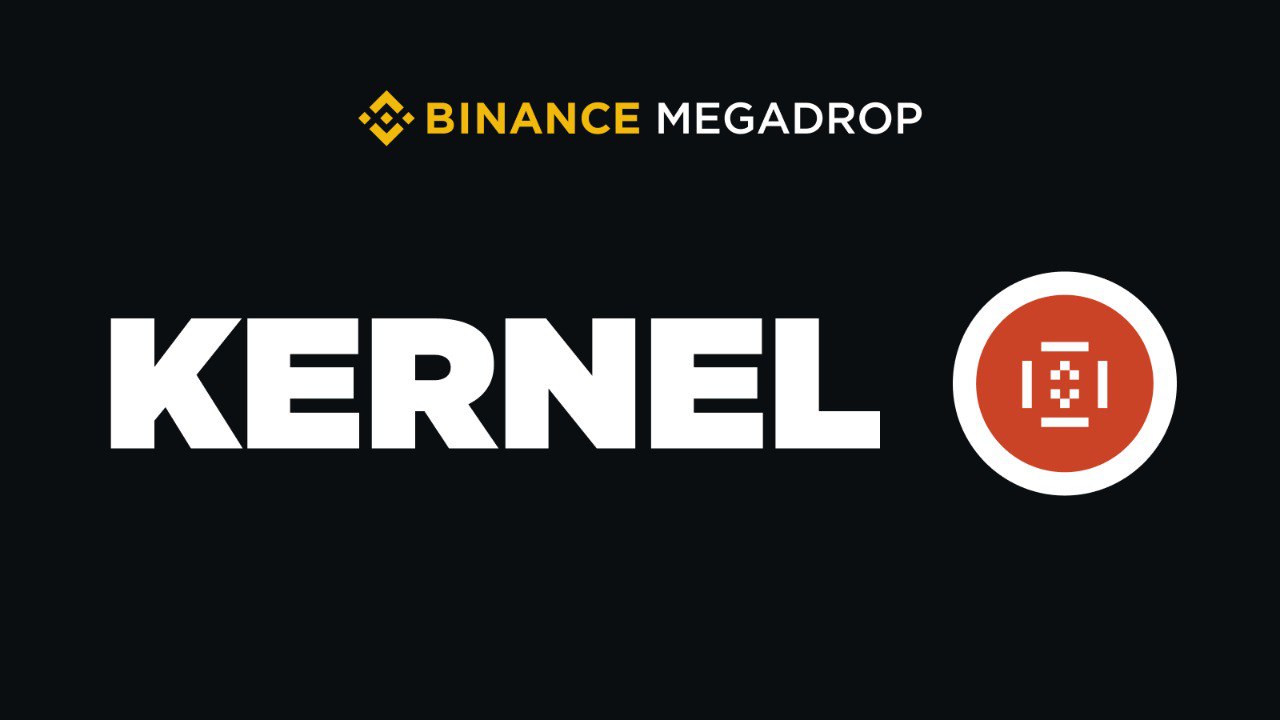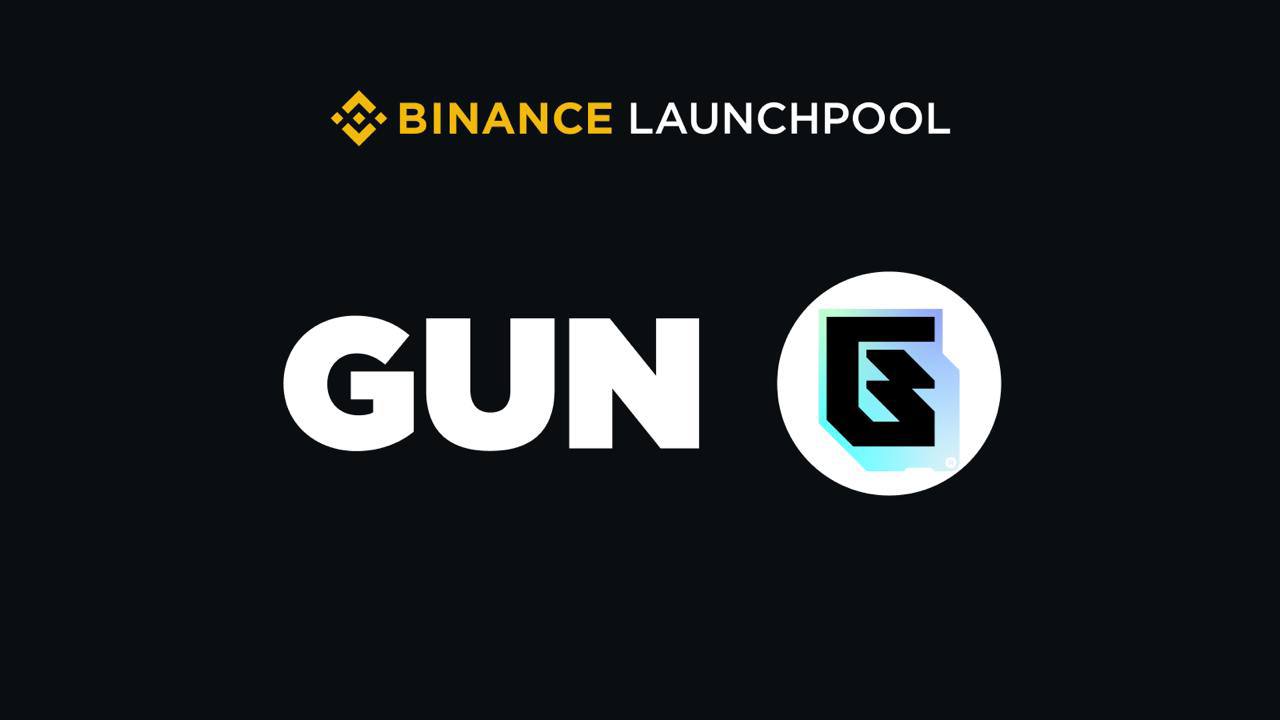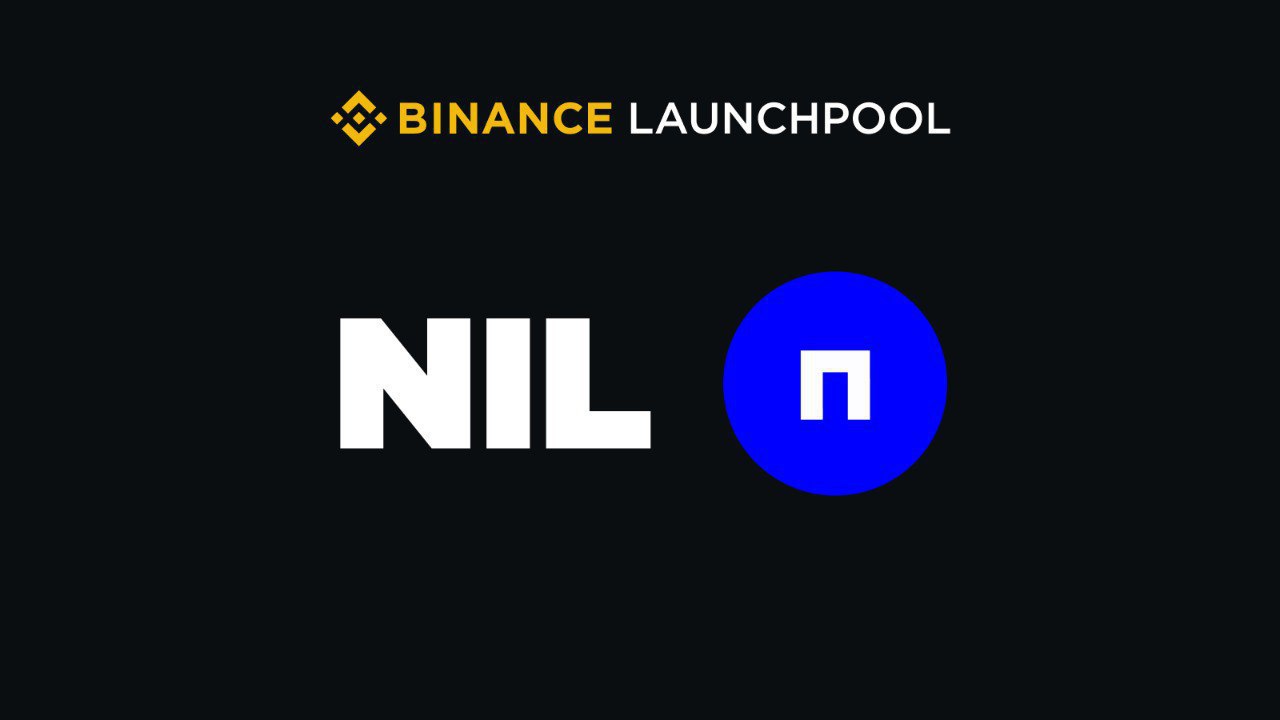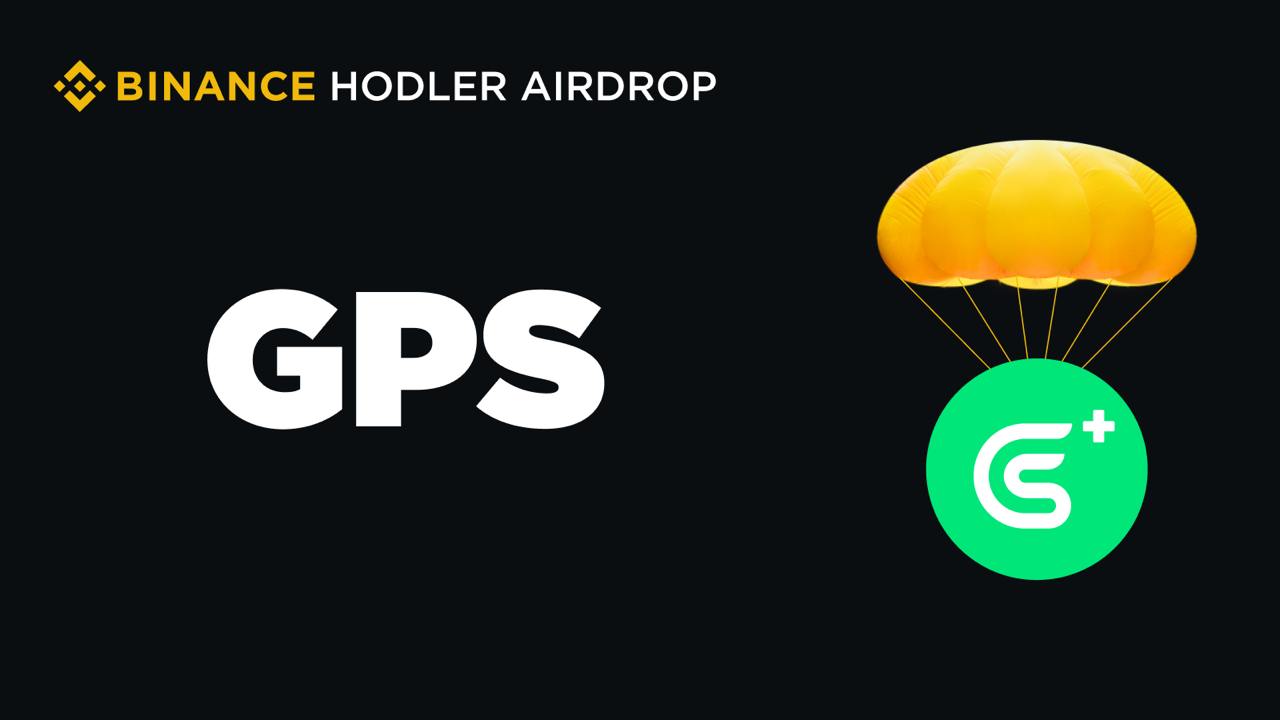Historical Price
“DeFi is essentially just conventional financial tools built on a blockchain — specifically Ethereum. They are mostly predicated on open-source protocols or modular frameworks for creating and issuing digital assets and are designed to confer notable advantages of operating on a public blockchain like censorship-resistance and improved access to financial services.”
The keywords of that definition to pay attention to are open-source, censorship-resistance, and access. The purpose of blockchain is to achieve freedom and accessibility of assets like money and data without having to entrust a central third party or government body who can potentially be corrupted and control things. That’s what it’s all about.
What is Tellor?

Tellor is a decentralized oracle that securely brings off-chain data onto Ethereum. To enable this, Tellor created a protocol where staked Proof-of-Work miners compete to provide the data to the Tellor smart contract. Users (e.g. financial contracts on Ethereum) read from this on-chain database for use in their trustless applications.
The Tellor Oracle
The Tellor Oracle is an on-chain data bank where miners compete to add the data points. To create a properly incentivized system Tellor mints a native token, “Tributes.” Parties pay Tellor Tributes to submit a request for data to the Oracle. Based upon the reward assigned to each request, the Oracle selects the best funded query every ten minutes to create a challenge for miners to solve. Each query collects specific data (e.g. ETH/USD or BTC/USD prices) and makes it available on-chain. The Tellor Tributes are used to pay fees to miners, who add the official data point, and is used to secure the network via a staking requirement for miners and a data validation voting system. Five submissions are necessary to determine the official data point. Created with a similar structure as 0xBitcoin, the Tellor Oracle uses a mineable proof-of-work (PoW) token, but along with the PoW solution, miners are also required to provide an off-chain data point. The first five miners to provide the PoW solution and off-chain data point are rewarded with newly minted tokens and the accumulated payout for the specific data request. Proof-of-work has proven to be the gold standard for crypto economic consensus mechanisms and Tellor utilizes it within a hybrid model to secure the oracle. In addition to the security provided by the PoW process, we have added an additional layer of security through the deposit of Tributes which miners are required to stake before they are allowed to mine and risk losing their stake if their submitted values are successfully challenged.
- The user submits a query to the Oracle using Tributes to incentivize miners to choose this query over other submissions.
- Other users who want the same data pay or ‘tip’ this data series to further incentivize selection by miners.
- Every 10 minutes, the Oracle selects the best funded query and provides a new challenge for miners to solve.
- Miners submit their PoW solution and off-chain data point to the Oracle contract. The Oracle contract sorts the values as they come in and as soon as five values are received, the official value (median of the five) is selected and saved on-chain. The miners are then allocated their payout (base reward and tips).
- Anyone holding Tellor Tributes can dispute the validity of a mined value within one day of it being mined by paying a dispute fee. Over the next week, Tellor token holders will vote on the validity of the data point; if the data point is deemed to be false, the miner will lose their stake. However, if the vote determines the value is correct, the reporting party’s dispute fee is given to the reported miner.
What is a decentralized oracle?
You see, blockchains don’t have access to information that is not on-chain, aka, off-chain data. Not everything that a smart contract needs to execute lives on the chain it’s built on. Think of all the data that lives on the internet — not on-chain. When it comes to DeFi this typically means price data that is used by financial smart contracts to control key aspects of lending protocols, insurance contracts, stable coins, and derivatives. Here’s an example:
– Alice says the price at the end of the month will be above $ 10,000
– and Bob said under $ 10,000.
But how does a smart contract know the price of BTC / USD? The Ethereum platform doesn’t know what the price of BTC / USD is. Typically, BTCUSD prices on major exchanges will be used to reference that price information, such as Coinbase or Binance and they have an API that allows people to query that data.
Tellor’s Oracle function makes it possible for your application to integrate into your smart contract to read data. Usually, to do this, you need a third-party service or something you manually do – but both are centralized. If your application uses this centralized third party, then your application has gone wrong with the principles and purpose of building a Defi product – it’s decentralized.
This is why we built Tellor; because applications built on Ethereum and other blockchains can’t achieve their core mission while relying on trusted third parties for key pieces of data.
Important Demand for Defi
Curently, DeFi has become a hot topic in the blockchain space. This field has seen the number of dApps increase a lot and the amount of money locked up to 1 billion dollars.

DeFi applications aim to eliminate intermediaries and reduce operational costs through decentralization and digitization. It depends on the feed, but these feeds are still highly centralized. In fact, more than 80% of smart contract use cases require external resources.
Data is important, and if the Oracle function is centralized, this will fail during operation. If feeds are centralized, DeFi applications are also considered centralized.
Currently, only a few projects are trying to solve this problem. Chainlink is the leading project in the industry with a capitalization of 1.6 billion dollars. The hype surrounding Chainlink has shown that there is a significant need for decentralized Oracle solutions. However, there are very few projects that meet this need. This has generated great attention for small but focused projects on decentralized Oracle. For example the Band protocol ($ 25 million) and most notably Tellor (only $ 9 million).
Tellor has launched the Mainnet. Tellor focuses on providing feed pricing every ten minutes. As the DeFi field is thriving, this field requires decentralized Oracle solutions. Tellor has a great opportunity to become a potential project to solve the current Oracle problem for the Defi field.
Tellor Use Case
- Exchange-rate data: interval based exchange-rate values may be used to create trustless financial contracts
- Cross-Chain Information: gathering the number of blocks or current block number on a given chain
- Static/pseudo-static data: logging and indexing various identifiers, country codes, currency codes
- Damage verification: what were the net total results in damage for insurance contracts
- Pseudorandom number generation: to select a winner in a distributed-lottery smart contract, etc.
To ensure the security of its smart contracts, Tellor has partnered with CertiK to audit its smart contracts and help the project improve code quality and prevent potential problems that may affect its security. Click here to read the report
Tellor with Large parner
Binance Labs
Tellor is part of Binance Labs’s second incubation program. Binance Labs is a branch of Binance. Its incubation program is designed to invest and help projects deliver products that clearly match the product market, as well as tangible solutions that provide sustainable growth of the Global blockchain ecosystem. With Binance’s position in the cryptocurrency space, Tellor can easily access any project and help it integrate its Oracle functionality. Moreover, as the project develops, listing on Binance is not a big deal.
Maker DAO
Another important investor is Maker DAO. It is currently the second largest DeFi application in the Defi field, with a market capitalization of more than $ 500 million. Tellor is seeking to integrate the oracle function in Maker DAO when it releases its DAI multi-asset collateral product. If Maker DAO starts using Tellor, it will be a good signal for other Defi applications to see Tellor as a potential data provider. DAO Maker has invested in Tellor, this scenario is very likely.
ConsenSys
ConsenSys also invests in Tellor. The company, founded by one of the co-founders of Ethereum, has launched several important products for the Ethereum ecosystem, such as Metamask, Infura and Truffle Suite. ConsenSys is deeply integrated with Ethereum and can easily help Tellor to integrate with most of the outstanding projects in its ecosystem.
Tellor Tributes token – TRB
Tellor Contract: 0x0ba45a8b5d5575935b8158a88c631e9f9c95a2e5
Current suply: 1,401,074 TBR
The Tellor Tribute, the native token of the Tellor Oracle, incentivizes miners to provide data, keeps the oracles secure and allows DApps to request and access to on-chain data. The following sections provide an overview of the expected Tribute supply, current price constraints, and uses for the dev share.
The total supply of Tellor is determined by usage and mining rates. For the maximum supply, Tellor’s supply will grow at the rate of the base reward * 144 queries per day. The graph below shows the Tellor supply and the growth rate assuming full utilization:

Conclusion
As one of the few Oracle function providers in the crypto space, Tellor has a good opportunity to have this sector grow rapidly in the Defi field. With great support from Binance Labs, Maker DAO, ConsenSys is influential, this is very positive.
With Tellor’s small market cap currently, it has great potential for further development as the project begins to integrate its solution with DeFi dApps and expand the ecosystem. Therefore, Tellor is one of the undervalued coins that is worth considering.

